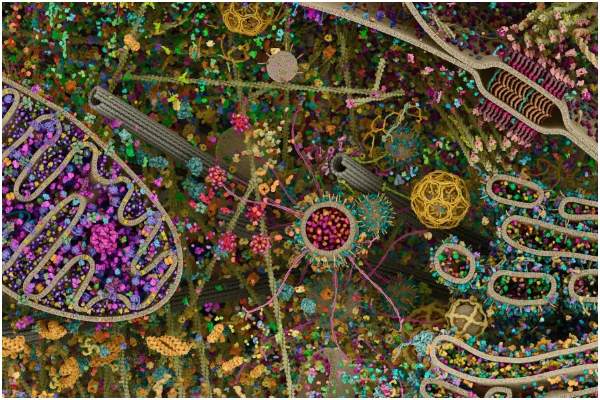Trying something a bit different for this month’s edition of serving up cool science news and a couple of pieces really benefit from a visual presentation of the discoveries.
- The first of these is a new paper that for the first time lays out a complete model of the workings of the famous Antikythera Mechanism. This is effectively a mechanical calculator or computer from ancient Greece, the fragments of which were recovered in 1901. A complete understanding of how the device worked was difficult to achieve given that only about a third of the mechanism survives. This paper explains how x-ray CT techniques were used to infer the parts that are missing and uses investigative work to fill in the blanks to prove that the entire device was used to calculate the positions of the Sun, the Moon and the five planets known at the time, according to a geocentric model of the cosmos. This excellent video was made to accompany the paper to explain what the device does and how the team arrived at the conclusions they did.
This next cool thing also cannot be told without accompanying visualization. In fact, this isn’t a new discovery but an idea of creating visualizations of the complex biochemical pathways inside cells using vivid colors. The choices of colors and so on are arbitrary of course, the point being to be able to see for yourself the complexity of the cellular landscape by using colors to pick out details. See more of it for yourself including interactive versions here.
- Still on the subject of the inner workings of cells, we have an article about what seems to an instance of an incipient organelle in an early part of the same process that created the mitochondria we possess. These are of course the organelles within our cells that provide us with energy but are thought to originally have been separate bacteria. A team has discovered bacteria at the bottom of Lake Zug in Switzerland and confirmed that they use the denitrification process to obtain oxygen and more importantly found that they seem to have caught it in the process of incorporating a separate bacterium into a specialized organelle that processes nitrates. In this case, it is thought that the ancestors of this bacterium took up residence in the host cell about 200 million years, but the main point is further proof that such collaborations between previously separate organisms are indeed possible.
- Next is a first look at a promising new treatment for depression. What is noteworthy here is that the drug ezogabine works through an entirely different mechanism from existing treatments. It targets the potassium ion channels in the brain following observation in mice that improved KCNQ2/3 channel performance appears to lead mice to be more resistant to stress and this indeed applies to humans as well.
- Finally here’s a report on the analysis of ice cores from the Greenland ice sheet which suggests that it isn’t as permanent as scientists originally thought. They found plant matter deep under the ice suggesting that it melted entirely in the past and reformed when the climate became cold again. The fear here is that the ice sheet is more sensitive to temperature than previously thought and that its melting would raise sea levels by a truly horrific amount.
